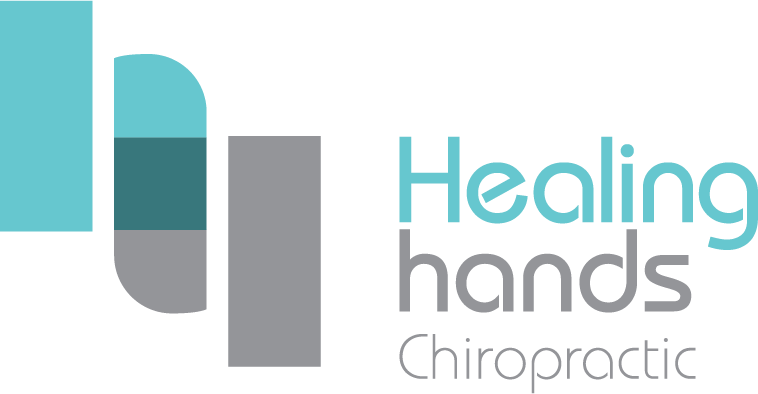What is Chin Tuck Stretch?
The chin tuck stretch is a straightforward yet powerful exercise aimed at targeting the muscles at the base of the skull and the back of the neck. By gently drawing the chin back, you can lengthen these muscles, release tension, and improve overall neck mobility.
What are the benefits of Chin Tuck Stretch?
- Neck Tension Relief: The chin tuck stretch helps to release tension and promote relaxation in the muscles that often bear the brunt of our daily activities.
- Improved Posture: By strengthening the muscles that support a neutral head and neck position, the chin tuck stretch can help you stand taller and feel more confident.
- Reduced Neck Pain: Regular practice of the chin tuck stretch can help ease discomfort and promote better neck health.
- Prevention of Headaches: Tight neck muscles are a common trigger for tension headaches and migraines. By incorporating the chin tuck stretch into your routine, you can help ward off these painful episodes and enjoy clearer heads and brighter days.
- Enhanced Spine Alignment: By promoting proper head and neck positioning, the chin tuck stretch can contribute to better spinal health and reduced risk of related issues.
How to do Chin Tuck Stretch?
- Starting Position: Sit or stand up straight with your shoulders relaxed. Keep your spine aligned and your head in a neutral position.
- Stretch: Use your fingers to slowly and gently push your chin straight back, as if you’re making a double chin.
- Hold: Hold this position for a few seconds, feeling a gentle stretch at the base of your skull and the back of your neck.
- Release: Gently release the stretch and return to the starting position.
- Repeat: Perform several repetitions as desired.
Note that you can perform this stretch laying down with a rolled-up towel behind your neck in order to strengthen your deep neck flexors muscles. These will help you with your neck posture
Chin Tuck Stretching Plan
The number of reps and sets for the Chin Tuck Stretch can vary depending on factors such as fitness level, flexibility, and overall goals. Here’s a general guideline to help you tailor your exercise plan:
Beginner Level:
If you’re new to the Chin Tuck Stretch or have limited flexibility, start with a conservative approach to avoid overexertion and injury.
Reps: 2 sets of 5 repetitions.
Hold Time: 5-10 seconds
Rest: 30-60 seconds between sets.
Focus on maintaining proper form and gradually increasing the number of repetitions and hold time as you become more comfortable with the exercise.
Intermediate Level:
Once you’ve built a foundation of strength and flexibility, you can increase the intensity of the Chin Tuck Stretch to challenge yourself and make progress.
Reps: 4 sets of 10 repetitions.
Hold Time: 10-15 seconds
Rest: 30-60 seconds between sets.
Experiment with slight variations, such as moving the chin further or adjusting holding time, to further engage the muscle groups and deepen the stretch.
Safety & Precautions
While the chin tuck stretch is generally safe for most individuals, it’s essential to practice it with caution and keep the following safety precautions in mind:
- Consult a professional: Seek advice if you have neck or spinal conditions before starting.
- Begin gently: Start with small movements and gradually increase intensity.
- Maintain alignment: Keep spine straight, shoulders relaxed, and chin level.
- Avoid overstretching: Don’t push to discomfort; aim for a comfortable stretch.
- Breathe deeply: Inhale before tucking, exhale while stretching.
- Listen to your body: Stop if you feel pain, discomfort, or dizziness.
- Mind your neck: Perform gentle, controlled movements to avoid strain.
By following these safety precautions and practicing the chin tuck stretch mindfully, you can enjoy its benefits while minimizing the risk of injury or discomfort. As always, if you have any concerns or questions about incorporating this exercise into your routine, consult with a qualified healthcare professional or chiropractor for guidance tailored to your individual needs.
Chin Tuck Stretch With Chiropractic Treatment
Combining the chin tuck stretch with chiropractic treatment can offer comprehensive care for neck issues and overall spinal health. Here’s how they complement each other:
- Alignment Support: The stretch targets muscles at the base of the skull and back of the neck, which often become tense due to poor posture or spinal misalignments. By elongating these muscles, the stretch aids in maintaining proper spinal alignment, enhancing the effectiveness of chiropractic adjustments.
- Muscle Relaxation: Tight muscles can restrict joint movement and contribute to discomfort. The chin tuck stretch helps alleviate tension in the neck muscles, promoting relaxation and allowing for smoother adjustments by the chiropractor.
- Postural Improvement: Poor posture is a common contributor to neck pain and spinal misalignments. Incorporating the chin tuck stretch into a chiropractic treatment plan helps strengthen the muscles responsible for supporting proper head and neck alignment, facilitating long-term postural improvements.
- Joint Mobility: Chiropractic adjustments aim to restore normal joint function by mobilizing stiff or restricted spinal segments. Performing the chin tuck stretch regularly can complement these adjustments by improving neck mobility and reducing the likelihood of joints becoming restricted again.
- Pain Management: Neck pain often stems from a combination of muscular tension and spinal misalignments. By addressing both aspects, chiropractic treatment combined with the chin tuck stretch offers a holistic approach to pain management, providing relief and promoting long-term neck health.
- Home Care: The chin tuck stretch is a simple yet effective exercise that patients can perform at home between chiropractic appointments. It empowers individuals to take an active role in their recovery and ongoing spinal health, enhancing the outcomes of chiropractic treatment.
By incorporating the chin tuck stretch into a chiropractic treatment plan, patients can experience synergistic benefits, including improved spinal alignment, reduced muscle tension, enhanced postural support, and better overall neck health.
